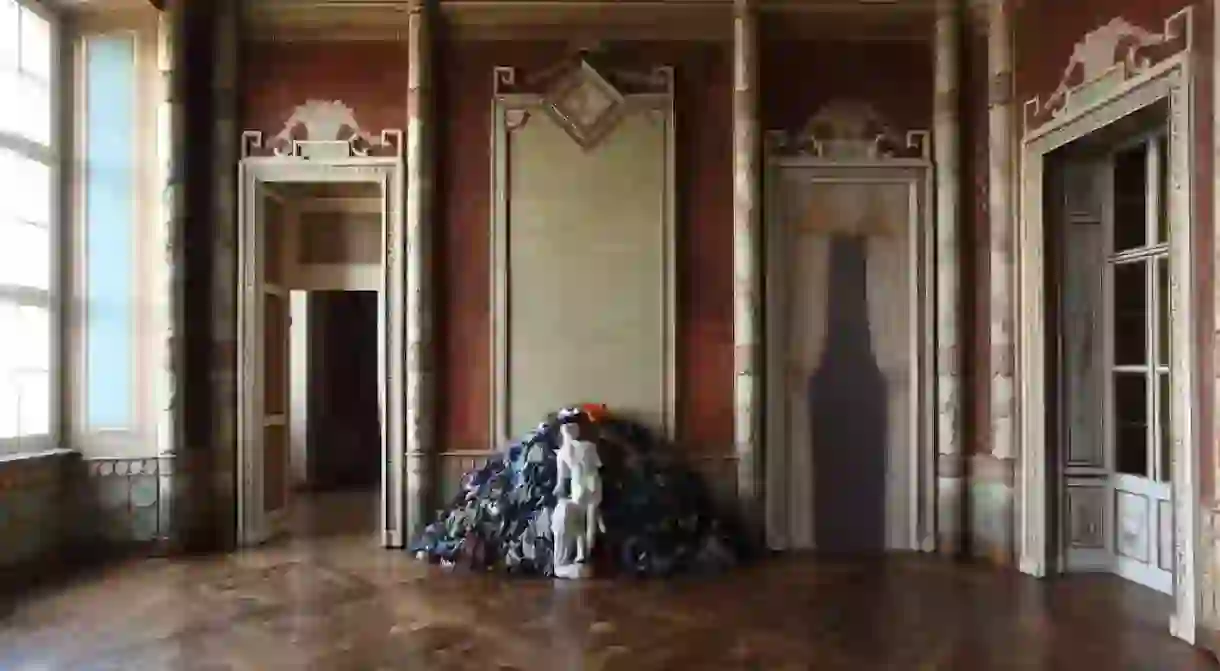5 Must-See Artworks in Turin, Italy

Turin has played, and continues to play, an important part in the narrative of modern art history in Italy. For example, it was the first Italian city to foster a public collection of modern art as part of its Civic Museum, in 1863. As a result, the city’s leading galleries and museums house impressive collections. Here are five masterpieces and where to find them.
Jan van Eyck, The Birth of John the Baptist (1422), Museo Civico d'Arte Antica
Antonello da Messina, Portrait of a Man (1476), Museo Civico d'Arte Antica

Andrea Gastaldi, Pietro Micca (1858), GAM – Galleria Civica d’Arte Moderna e Contemporanea
Art Gallery

This painting depicts Pietro Micca, a Piedmontese artillery soldier who became a national hero for his military service during the French siege of Turin in 1706. During the siege, Micca orchestrated an explosion that meant sacrificing his own life in order to protect a key entry point of Turin’s citadel. The patriotic heroism of this soldier quickly became legendary, and during the 19th century in particular, iconography was widespread. Micca was the 19th-century poster boy of sovereign allegiance during the reign of Charles Albert of Sardinia and in the context of Italy’s First War of Independence. Artist Andrea Gastaldi’s painting is perhaps the most famous depiction of the hero. Gastaldi captures Micca moments before he sets fire to the mine of the citadel. The arrangement is idealistic and moral – amid the dingy mine, the soldier is cast in light as he kneels in servitude with an upward gaze. This painting is as evocative as it is historically interesting.
Michelangelo Pistoletto, Venere degli stracci (1967), Castello di Rivoli
Building, Museum
Maurizio Cattelan, Novecento (1997), Castello di Rivoli

Trips and Tours in Italy
Architectural Landmark

Itching to explore Italy? See the very best of this beautiful country when you join one of our many amazing multi-day tours all over the country. Choose your dream itinerary and start practicing your Italian!













